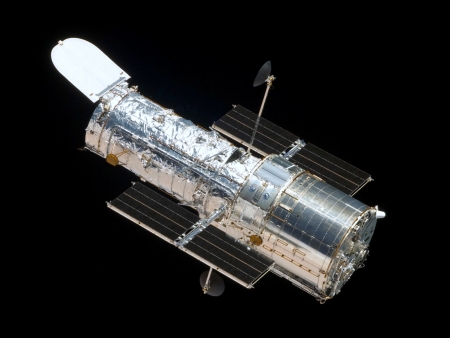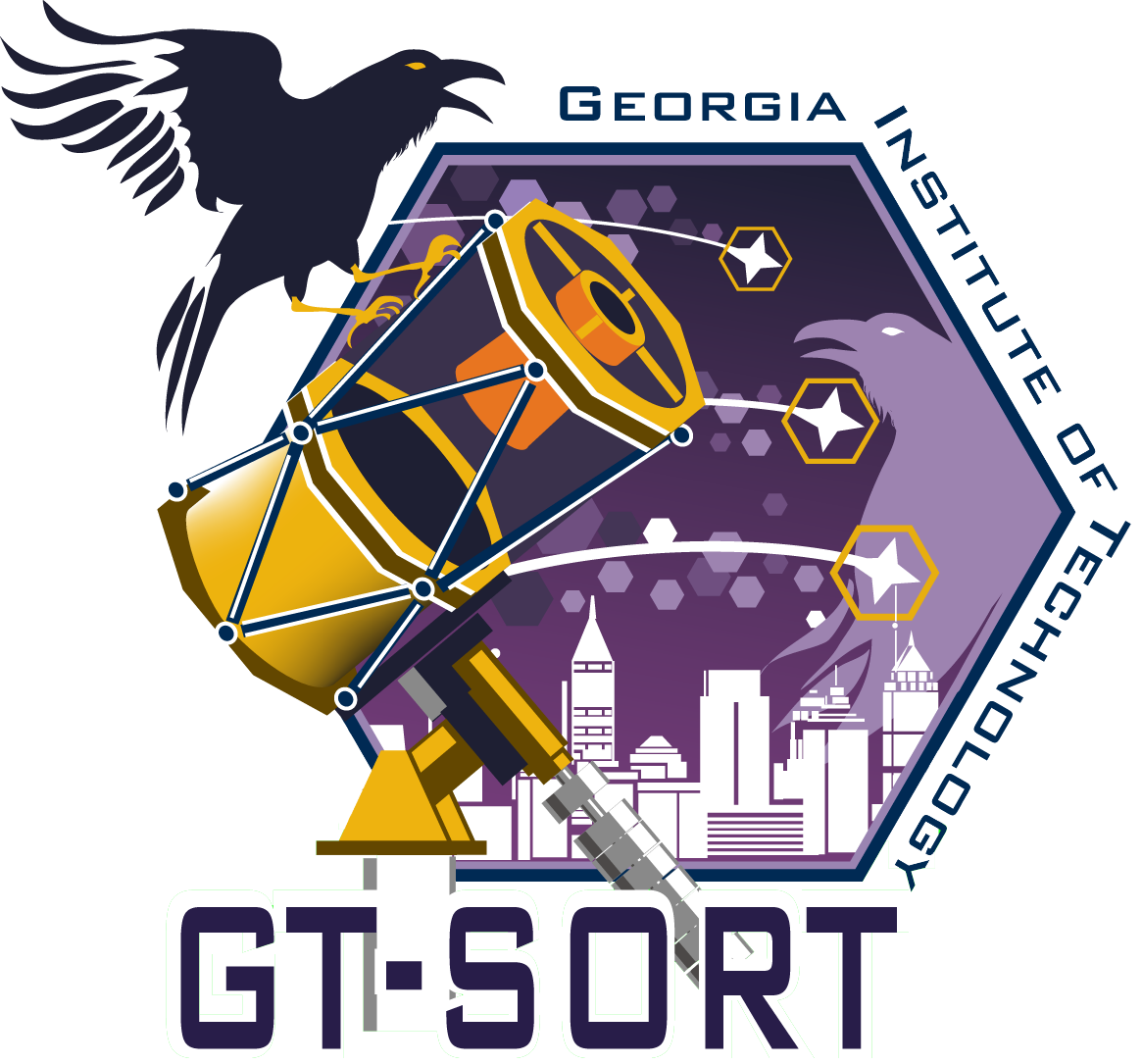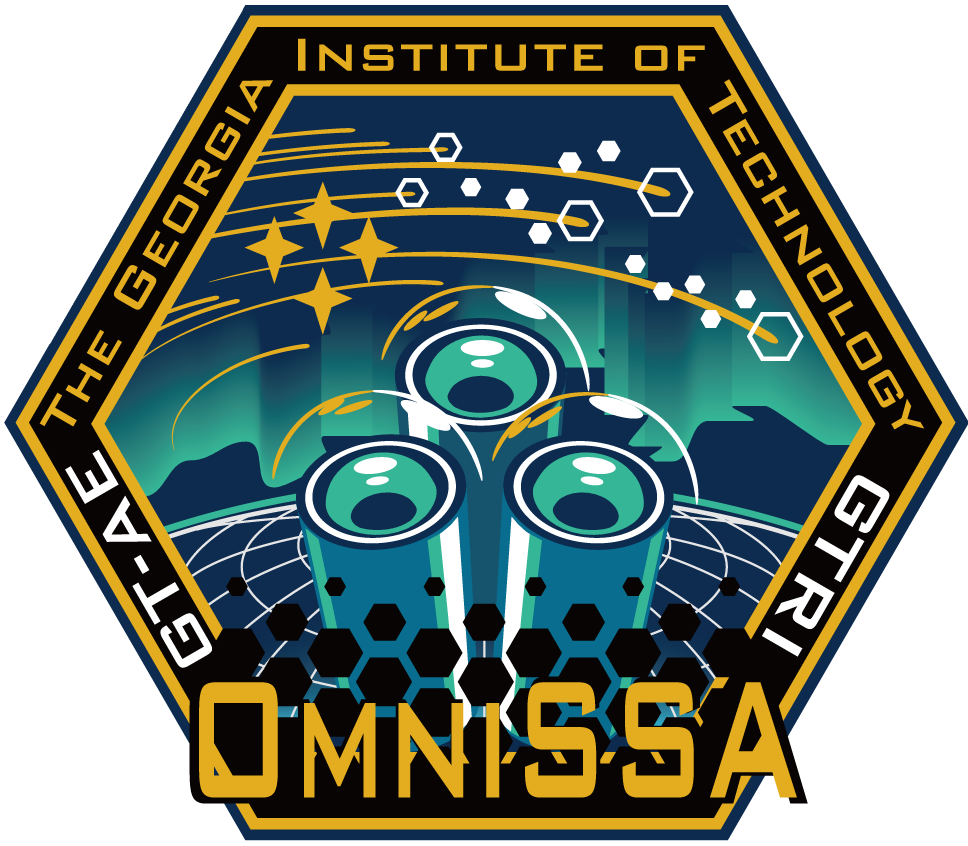Submitted by holzinger on Fri, 05/19/2017 - 13:32
Please join me in congratulating Dr. Ryan Coder on the publishing of his most recent AIAA JGCD article, Inferring Active Control Mode of the Hubble Space Telescope using a Rao-Blackwellized Particle Filter.
In this Engineering Note, Ryan demonstrated how, using real telescope data, we were able to successfully identify what celestial object of interest the Hubble Space Telescope (HST) was observing using a sequence of brightness measurements as seen by a ground telescope. This technique, called Lightcurve Inversion, uses an a-priori model of HST and a carefully constructed 3 degree-of-freedom attitude dynamics model that avoids assumptions on mass properties and available on-board actuation. It leverages a Marginalized Particle Filter and borrows from traditional 'Big Data' analytics to statistically infer what target of interest the HST boresight is pointing at from a set of database objects, as well as a potential 'none-of-the-above' (NOTA) case.
Another paper discussing some of the analytical details of the method is due for publication in the coming months.
Great job Ryan!
Image Credit: NASA





